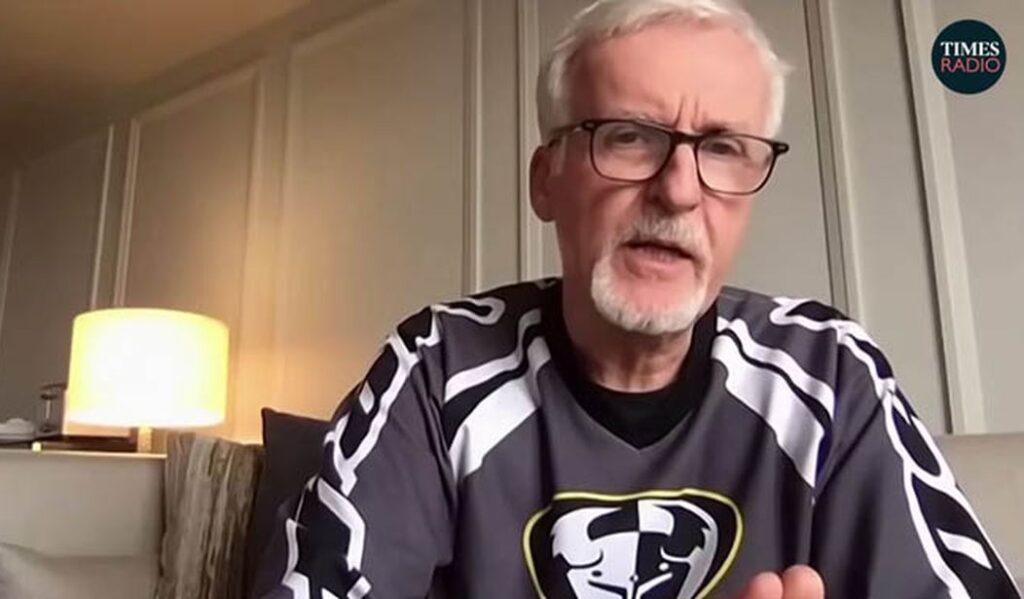James Cameron isn’t just a writer and director, he’s also an expert in deep sea diving who has made 72 dives, 33 of them to the Titanic. So he knows how all of this works. Because of his experience, Cameron knew days ago that the sub everyone was looking for was not going to be found.
“All of this has just been people running around, waving their arms with their hair on fire for four days straight,” Cameron said referring to the week of frantic searching. “I just feel terrible for what the families must have been going through during that time,” he added.
But what actually happened here wasn’t hard to work out for people who knew something about the topic. “Monday morning when I first found out about the incident, got on a whole bunch of calls and emails—it’s a small community—within an hour and a half I had the following information: They were on descent. They were at 3,500 feet. They lost comms and tracking.
The last one being the critical one because the transponder that’s used to track a sub, during descent and on the bottom is a fully autonomous system. It’s in its own pressure housing and it has its own battery power. So for them to lose comms and tracking at the same time…sub was gone.”
Cameron contacted a few more people with access to “acoustic networks” in the ocean which are used for research. “We got confirmation within an hour that there had been a loud bang at the same time that comms were lost,” he said. He added, “I sent emails to everyone I know and said ‘We’ve lost some friends. The sub has imploded.’”
As for why it happened, Cameron said it was clearly the design of the vehicle and the willingness of the company to cut corners. “There’s never been an implosion of a vehicle with people in it,” he said. “There was a lot of concern about this outfit and this sub.”
The Oceangate sub was made of a thick layer of carbon fiber with titanium caps on both ends, making it a unique design. People in the small industry that build and pilot subs like these got together and wrote a letter to the company telling them they needed to certify the sub before taking people down in it.
A Bay Area CBS affiliate interviewed a retired Navy sub pilot who said he felt it was just a matter of time before this novel approach to construction ended in disaster but he said somehow Oceangate always seemed to avoid running afoul of any regulations.
The waiver you had to sign to take this trip was pretty blunt. Last year CBS News reporter David Pogue was a passenger on this sub. As part of his story, he was filmed reading aloud from the waiver he had to sign. It read in part, “an experimental submersible vessel that has not been approved or certified by any regulatory body and could result in physical injuries, disability, emotional trauma or death.”
“This is not your grandfather’s submersible,” CEO Stockton Rush told Pogue. Pogue would later call the construction “MacGyvery.” But Rush assured him that the pressure vessel was completely safe.
Finally, here’s the interview with Cameron. He says he wishes in retrospect that he’d been more vocal about his concerns. “I wish I’d spoken up but I assumed somebody was smarter than me because I’d never experimented with that technology, but it just sounded bad,” he said.
Read the full article here













